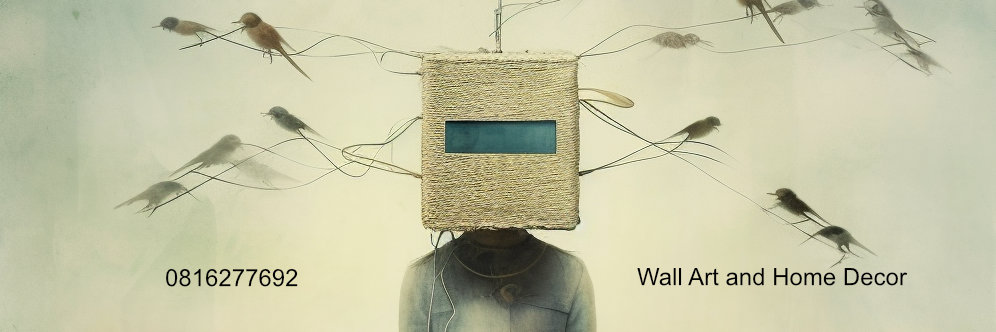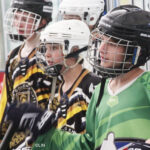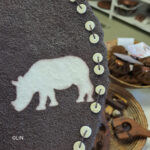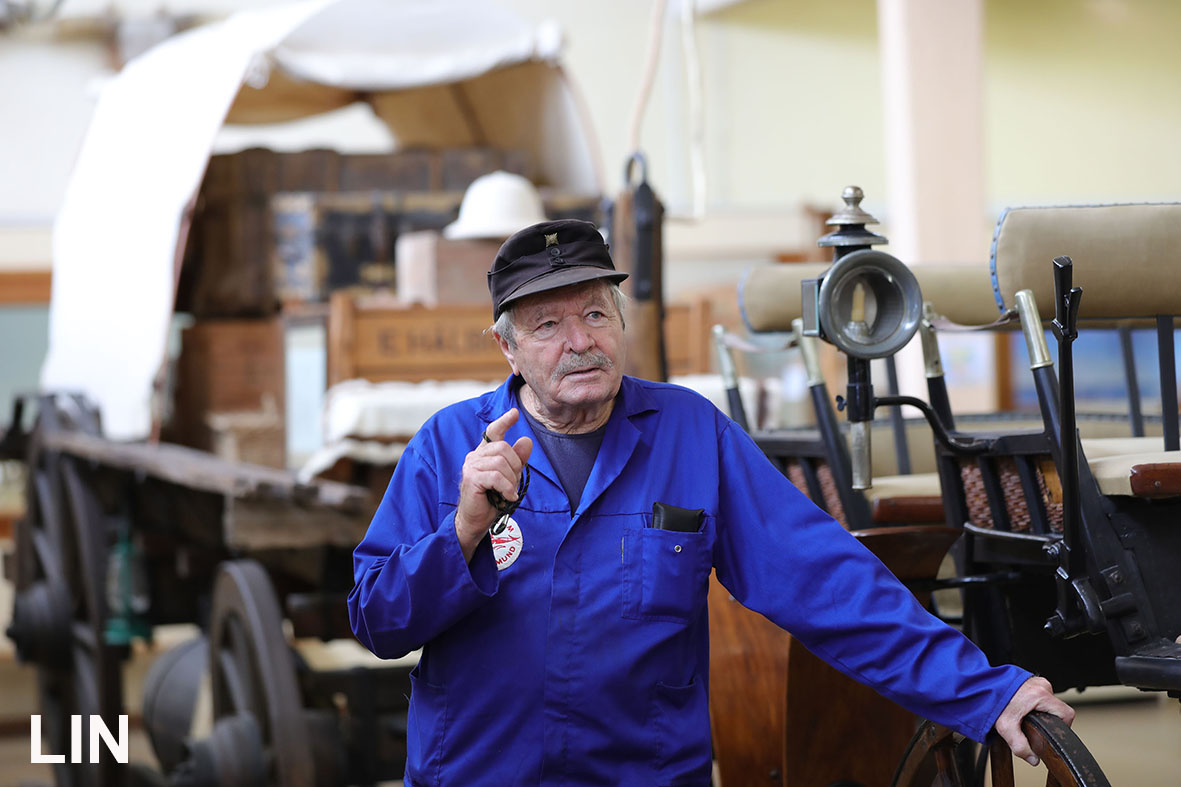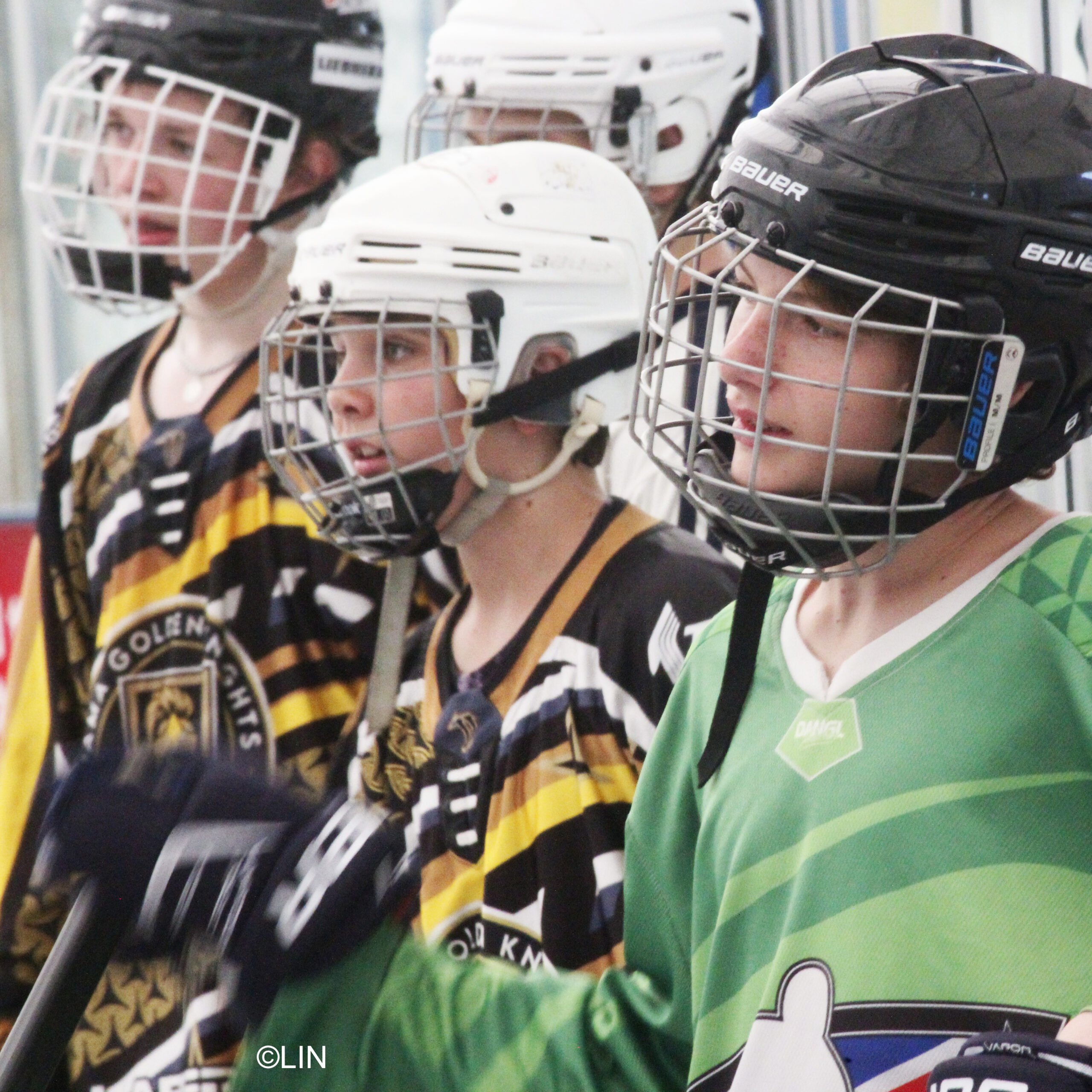By Adam Hartman
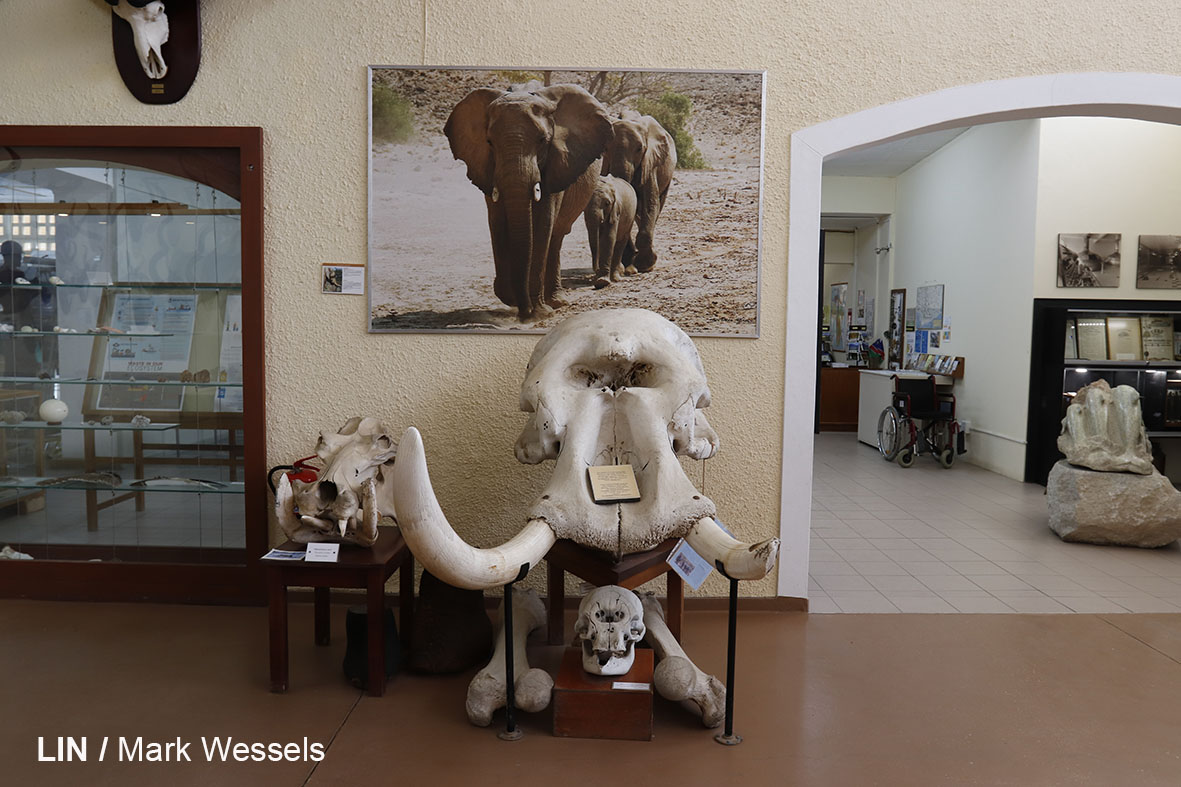
Meet Dieter Buchner, the living, breathing embodiment of the Swakopmund Museum. This retired expert fitter and turner has transformed the museum into his second home. With meticulous care and a touch of flair, he brings history back to life as he cleans and repairs artifacts, ensuring they shine brighter than ever for visitors to admire.

Living just a few houses down the road from me, Dieter has become quite the eccentric neighbor. Every other morning, like clockwork, I would spot him pushing his beige 1980 Datsun bakkie out of his garage, donned in his signature blue overalls and field cap. It was clear that perfectionism ran through his veins, whether he was fussing over his house or meticulously maintaining the pavement and road in front of his home.

Curiosity finally got the better of me, and I decided to pay him a visit at his beloved workplace. Stepping into the museum, I easily spotted him amidst the exhibits, still clad in his trusty blue overalls. He was engrossed in his work, his attention never wavering. Introducing myself, I was met with a warm welcome that instantly forged a connection between us.
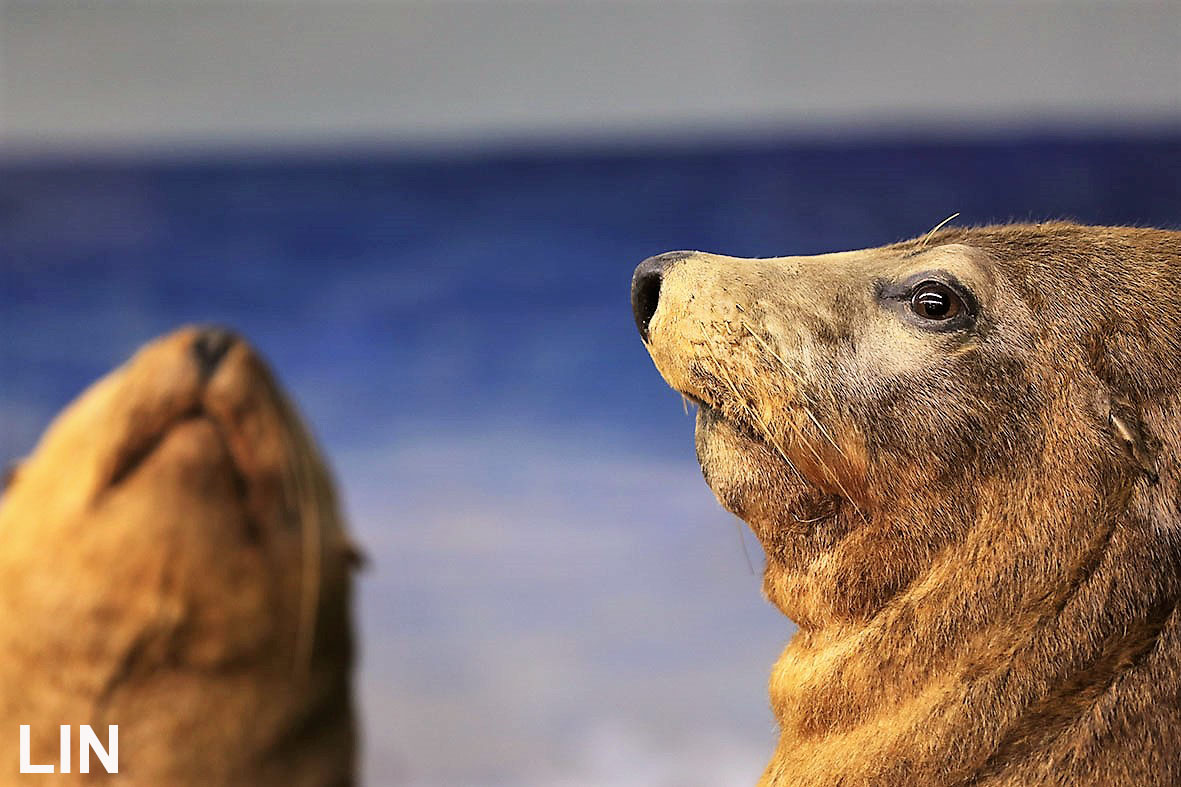
It was as if Dieter and the museum were cut from the same cloth—uncomplicated on the surface, but bursting with experience, knowledge, and character underneath.
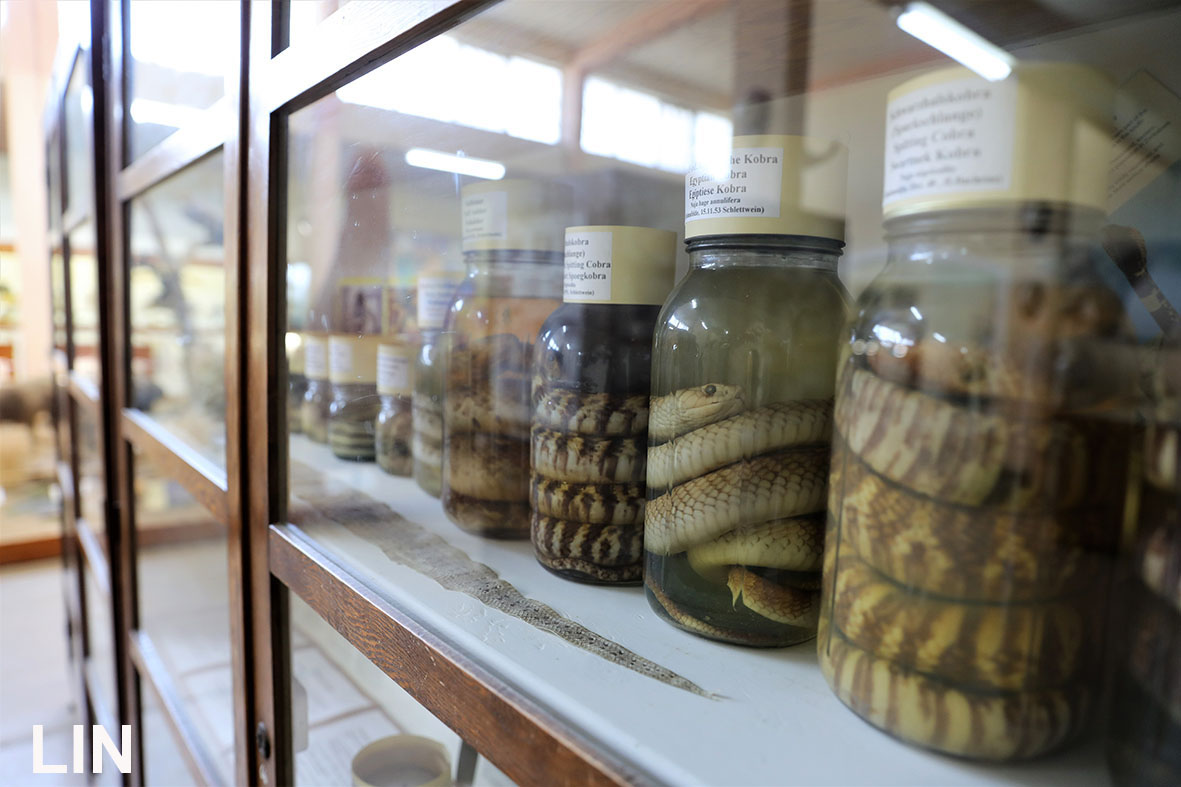
The main hall of the museum boasts a collection of taxidermy animals, commanding attention at its center. Exhibition cabinets line the perimeter, showcasing Namibia’s rich social, cultural, political, and natural histories, capturing the essence of what was and everything in between. As I followed Dieter through the various rooms and passages, each exhibit seemed like a frozen moment in time—meticulously arranged and expertly labeled.

Dieter took particular pride in showing me the old dental practice exhibit, complete with tools gleaming like they had just been put to use moments before. Without Dieter’s dedication, these artifacts would have been nothing more than rusted relics stashed away in a forgotten toolbox.
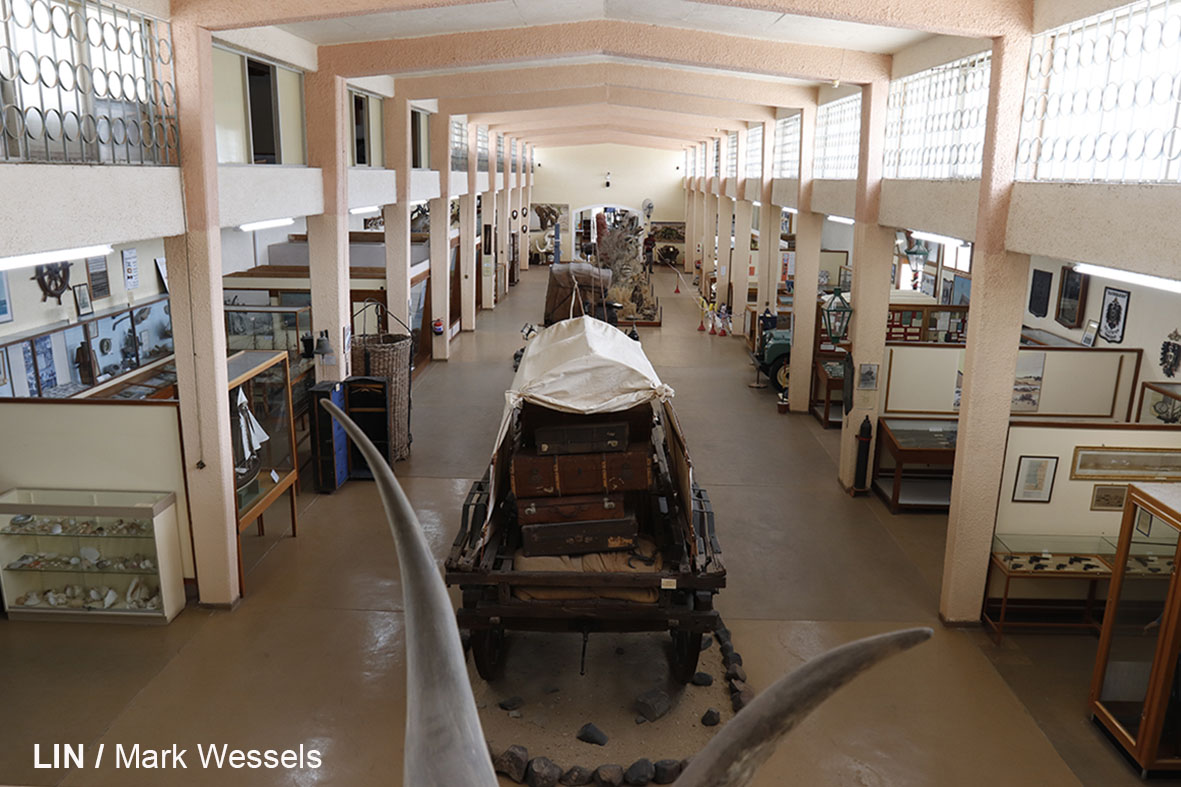
He explained his meticulous approach, saying, “Either things are right, or they must go. That’s why I take such care in restoring these discarded items. It may be time-consuming, but the end result is worth it. Discovering these forgotten treasures and breathing new life into them is truly satisfying. They are still beautiful, and even useful.”
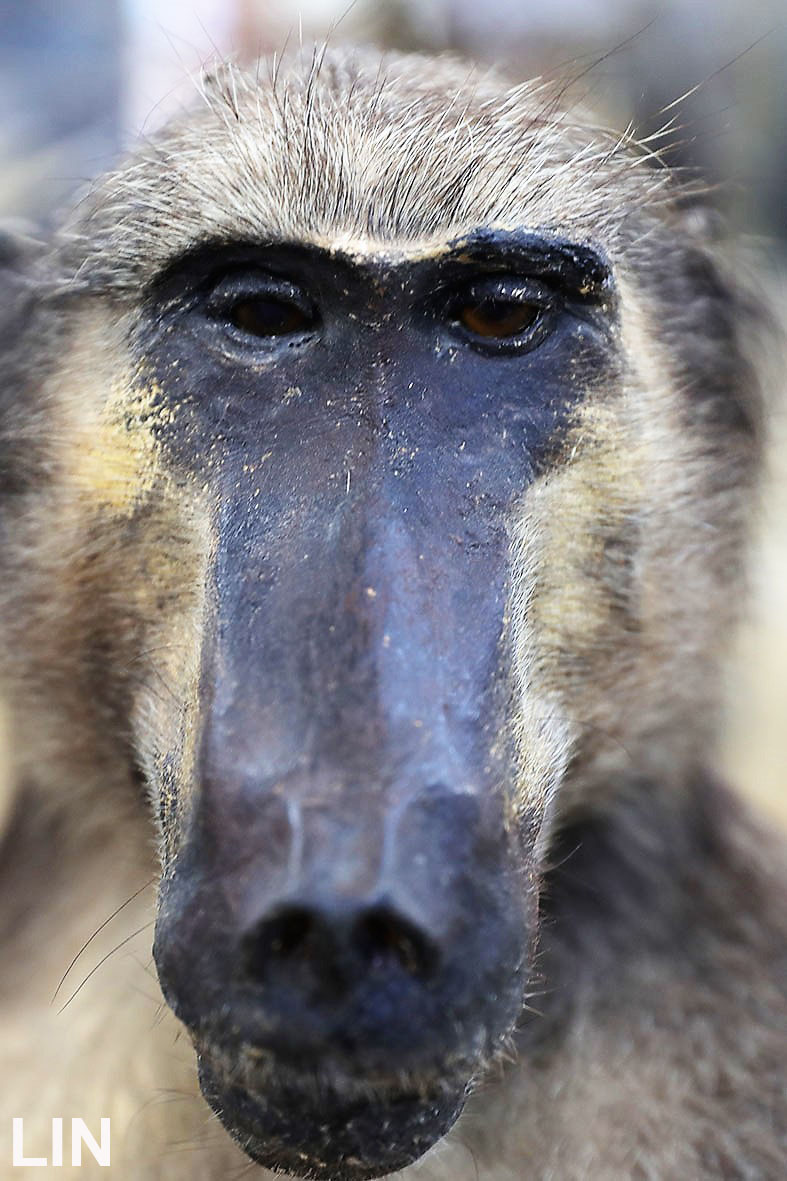
Interestingly, Dieter shared that he had once considered a career in medicine, but the prospect of dealing with death-causing diseases left him unsettled. Dentistry seemed like a viable alternative, until he realized that peering into people’s mouths and being subjected to their breath wasn’t exactly his idea of a good time.

His favorite exhibit, without a doubt, was the old firearm display. Dieter recounted the story behind each item as if he had personally known it. With enthusiasm, he’d declare, “… This pistol right here is the one that took down a police sergeant during a 1911 robbery in Windhoek! … And here we have the ‘English monster’ known as ‘Sanna,’ used by the Boers in their fight against the English! … Take a look at these Henry Marthini bullets, disassembled to reveal their inner workings! … Oh, and don’t even get me started on this 19mm projectile—touch your arm, and you’re as good as gone!” Dieter could go on and on, passionately recounting the tales behind every rifle, revolver, and pistol on display.

Having visited the Swakopmund museum on several occasions before, it was only through my encounter with Dieter that I truly began to appreciate its wonders. It had transformed from a mere collection of artifacts into a captivating story, thanks to my new old friend. To him, the museum and his work within its walls were not just a job but a life’s mission.
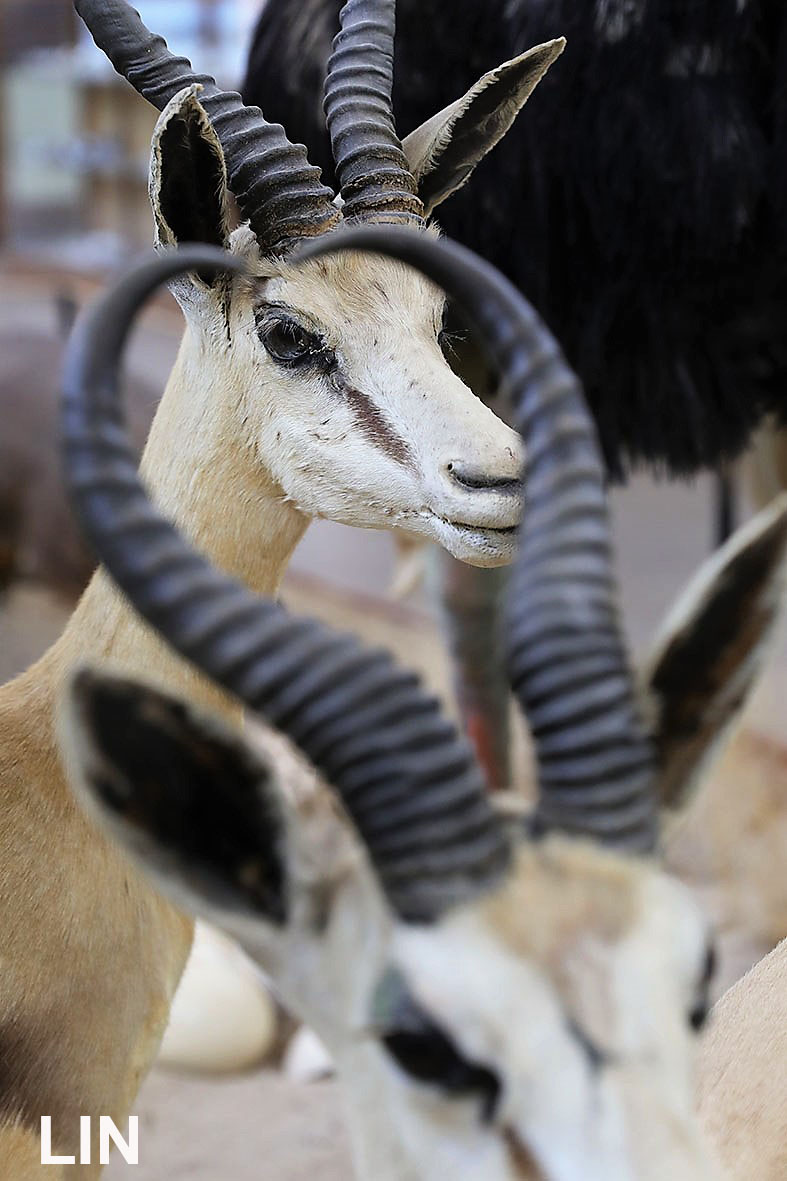
With a boyish enthusiasm that belied his nearly 80 years, Dieter exclaimed, “I may not have many years left, but there’s still so much left to do! Age is just a number.” After proudly showing me a newspaper clipping from 1994 that hailed him as a hero for saving a man from drowning, Dieter and I bid farewell—for now. But knowing that he resides just down the road, we agreed to meet again over a cup of coffee to delve into the wonders of life.
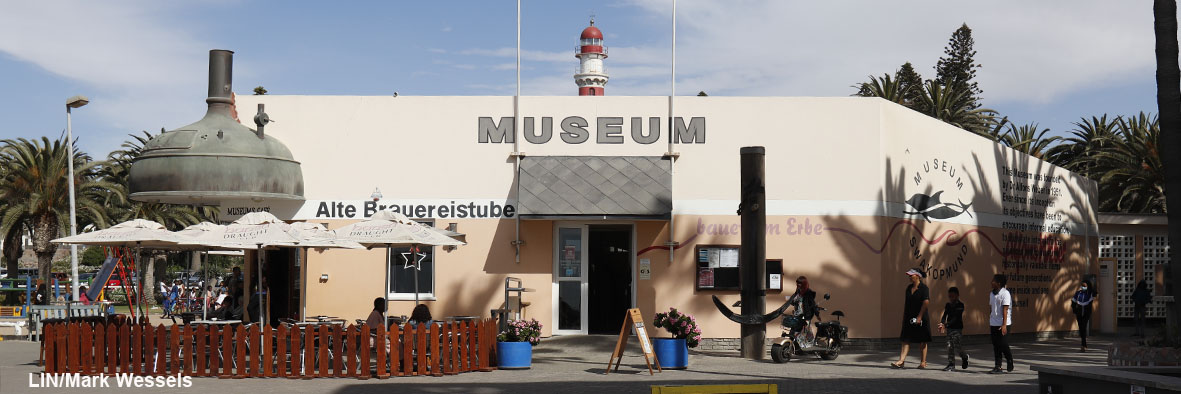
Oh, and that whole business of him pushing his car instead of driving it? Turns out, his garage is just too narrow for him to squeeze into the vehicle. Who needs a car anyway when you can navigate the streets with the charm and grace of Dieter Buchner? ©LIN

